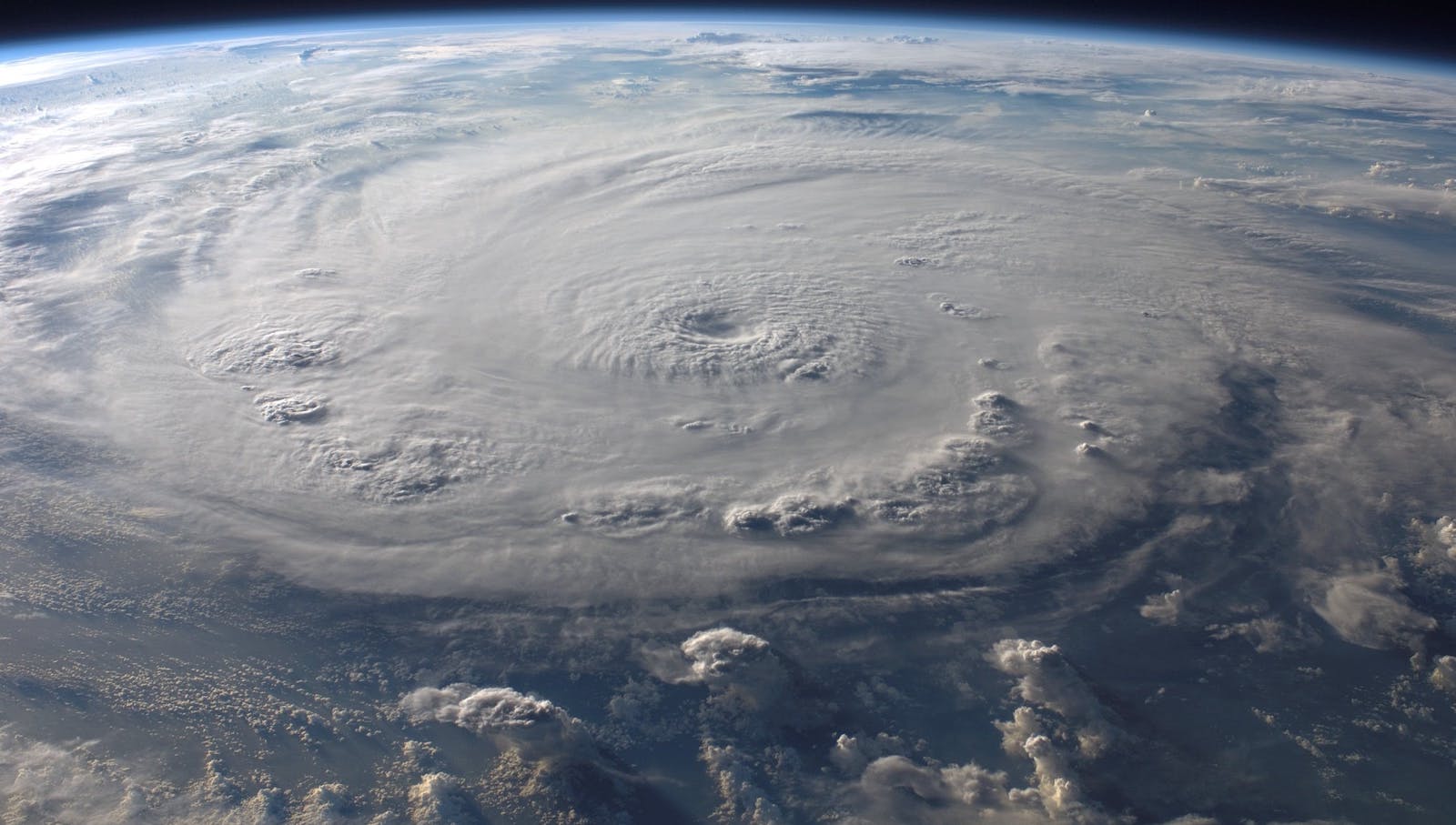Flood is a complex natural catastrophe, with great variations across small spatial areas, producing extremely localized effects. Sometimes, one property may be badly flooded while its neighbor two doors down is spared. As a result, managing flood risk is often seen as a challenge by U.S. insurers. In fact, although
90% of all natural disasters in the U.S. involve flooding, according to the Insurance Information Institute, it could still be regarded as the least understood natural peril.
Until recently, the complexities of flood behavior have been too intricate to fully represent using broad-scale modeling techniques. Likewise, flood data in the U.S. was not detailed enough to enable insurers to see the full picture of the hazard. Flood data has many other pitfalls, from being badly out of date to not providing full details on the different types and severities of flooding.
However, through continued advances in technology and data availability, we’re now able to achieve a more detailed analysis. Technology is rapidly progressing, and it’s incredible to think how much more we can achieve now than we could just a couple of decades ago.
Lessons from Donkey Kong: Using technology from the computer gaming industry
A key part of the flood mapping process is hydraulic modeling, and at
JBA we run our hydraulic models using technology that was primarily developed for the computer gaming industry. You only have to consider how far the video game industry has come, from Donkey Kong to Fortnite, to understand advances that hydraulic models have experienced.
See also: It’s Time to Rethink Flood Coverage
Donkey Kong was released as an arcade game in the early 1980s and was a breakthrough. However, the difference in resolution between the 1980s Donkey Kong and today’s version is striking.

 ©Copyright Nintendo
©Copyright Nintendo
Our hydraulic models, which run on very similar technology, are now also much more sophisticated, and the resulting flood maps are more detailed and informative than ever.
Artificial intelligence (AI) and satellite data
We have also seen advances in artificial intelligence (AI) and machine learning, which fill knowledge gaps in our input data, as well as satellite technology, enabling us to access better data on elevation, land use and rivers. For example, we’ve trained machines to analyze elevation data to locate all the levees in the U.S. We are using similar algorithms to check the hydraulic model outputs for unusual patterns, which might indicate quality issues that we can then address much more quickly and effectively than before.
See also: Here Is How to Make Flood Insurance Work
Over recent years, satellite technology and other techniques have improved, which means the quantity and quality of data on land use, rivers and rainfall, as well as on elevation, have increased significantly. We’ve progressed from using contour lines on maps to having light detection and ranging (LIDAR) data to sub-centimeter accuracy to describe the topography of an area.
As a result, we can achieve a lot more detail in flood mapping. This can help insurers to
better understand flood risk in the U.S. and allow them to capitalize on latent opportunities in the private flood insurance market.

 ©Copyright Nintendo
Our hydraulic models, which run on very similar technology, are now also much more sophisticated, and the resulting flood maps are more detailed and informative than ever.
Artificial intelligence (AI) and satellite data
We have also seen advances in artificial intelligence (AI) and machine learning, which fill knowledge gaps in our input data, as well as satellite technology, enabling us to access better data on elevation, land use and rivers. For example, we’ve trained machines to analyze elevation data to locate all the levees in the U.S. We are using similar algorithms to check the hydraulic model outputs for unusual patterns, which might indicate quality issues that we can then address much more quickly and effectively than before.
See also: Here Is How to Make Flood Insurance Work
Over recent years, satellite technology and other techniques have improved, which means the quantity and quality of data on land use, rivers and rainfall, as well as on elevation, have increased significantly. We’ve progressed from using contour lines on maps to having light detection and ranging (LIDAR) data to sub-centimeter accuracy to describe the topography of an area.
As a result, we can achieve a lot more detail in flood mapping. This can help insurers to better understand flood risk in the U.S. and allow them to capitalize on latent opportunities in the private flood insurance market.
©Copyright Nintendo
Our hydraulic models, which run on very similar technology, are now also much more sophisticated, and the resulting flood maps are more detailed and informative than ever.
Artificial intelligence (AI) and satellite data
We have also seen advances in artificial intelligence (AI) and machine learning, which fill knowledge gaps in our input data, as well as satellite technology, enabling us to access better data on elevation, land use and rivers. For example, we’ve trained machines to analyze elevation data to locate all the levees in the U.S. We are using similar algorithms to check the hydraulic model outputs for unusual patterns, which might indicate quality issues that we can then address much more quickly and effectively than before.
See also: Here Is How to Make Flood Insurance Work
Over recent years, satellite technology and other techniques have improved, which means the quantity and quality of data on land use, rivers and rainfall, as well as on elevation, have increased significantly. We’ve progressed from using contour lines on maps to having light detection and ranging (LIDAR) data to sub-centimeter accuracy to describe the topography of an area.
As a result, we can achieve a lot more detail in flood mapping. This can help insurers to better understand flood risk in the U.S. and allow them to capitalize on latent opportunities in the private flood insurance market.







